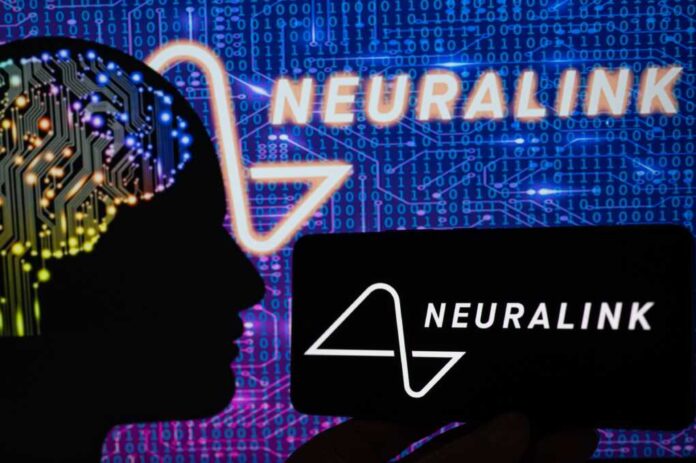
Billionaire businessman Elon Musk announced this week that his company Neuralink had inserted an implant into a human brain for the first time ever. The news could be a major step toward Musk’s goal of integrating technology with the human brain.
Musk announced the effort on social media, writing that the “first human received an implant from @Neuralink yesterday and is recovering well.”
“Initial results show promising neuron spike detection,” Musk wrote.
The project, known as Telepathy, was approved by the U.S. Food and Drug Administration (FDA) for human trials last year.
The company’s co-founder DJ Seo said that the previous two years “have been all about focus on building a human-ready product. It’s time to help an actual human being.”
The first human received an implant from @Neuralink yesterday and is recovering well.
Initial results show promising neuron spike detection.
— Elon Musk (@elonmusk) January 29, 2024
The small object contains 1,000 electrodes and hopes to allow the user to operate a computer through thinking about the action, rather than through physical movement. The company calls this a “think-and-click” method.
Neuralink is working with quadriplegics as part of the human trials.
The chip is inserted into the brain after a portion of the skull is removed. The actual insertion is completed by a giant robot.
The experiment is not without risk. Neuralink has been working on similar technology for years, including the use of implants in the brains of monkeys. The surgeries resulted in multiple monkey fatalities.
Musk’s plan also comes as the businessman is working on a series of artificial intelligence (AI) projects. One includes the language model Grok, which is featured on Musk’s social media site X, formerly known as Twitter.
While Musk has cautioned about the rise of artificial intelligence, he also stated that the technology should be developed ethically. Last year he signed onto a statement calling for a pause in the development of AI technology.
The link between humans and computers could also allow for increased access to AI models, which can now generate images and short videos. The technology is expected to grow rapidly in the coming months and years.














